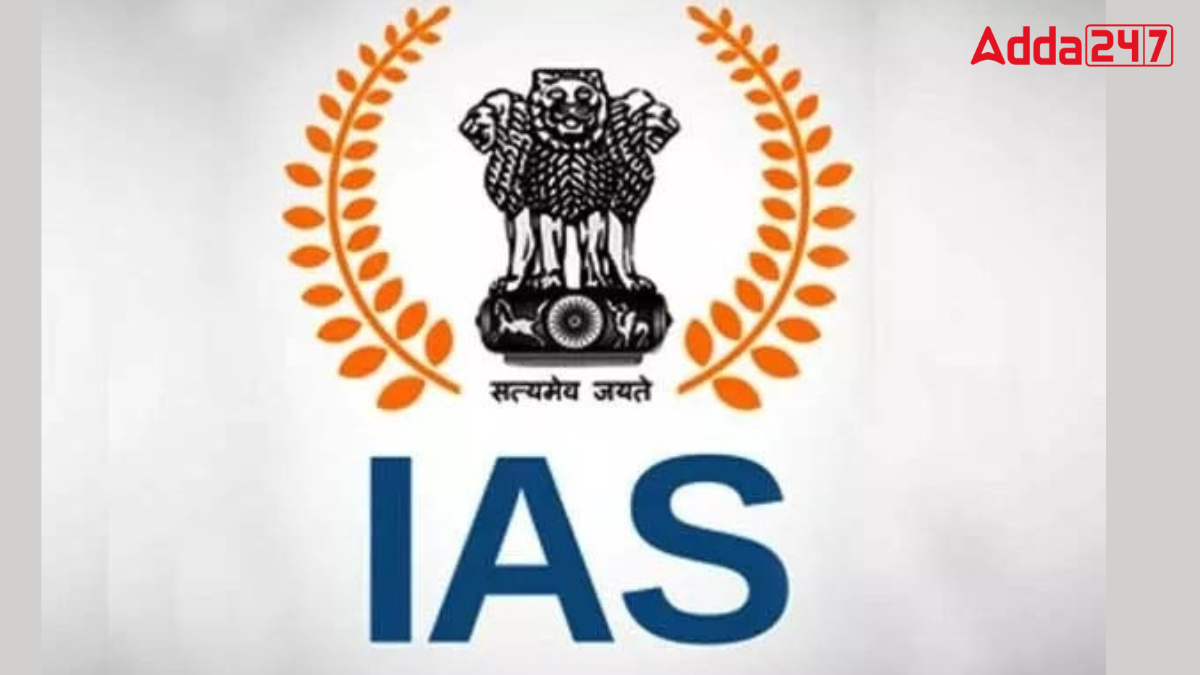History, Eligibility, Training, Salary and Duties of an IAS [Current Affairs]
The Indian Administrative Service (IAS) stands as one of the most prestigious career paths in India. As the backbone of the Indian government, IAS officers play a crucial role in managing the country’s bureaucracy. This guide provides an in-depth look into the IAS exam, its history, structure, eligibility criteria, roles, responsibilities, and the benefits of being an IAS officer.
Full Form of IAS
IAS stands for Indian Administrative Service. It is one of India’s prestigious All India Services, alongside the Indian Police Service (IPS) and the Indian Forest Service (IFoS). IAS officers play a crucial role in managing the country’s bureaucracy, formulating policies, and implementing government programs at both state and central levels.
History of the Indian Administrative Services
The IAS has its roots in the Imperial Civil Service, which was the highest civil service during British rule in India from 1858 to 1947. Known as the “heaven-born service,” it represented the elite administrative cadre of the British Empire.
Following India’s independence in 1947, the Indian Administrative Service replaced the Imperial Civil Service. Formed in 1946, the IAS was initially known as the Indian Civil Service before the partition of India and Pakistan.
Over the years, the IAS has evolved from mere administrators to dynamic leaders and managers. Modern IAS officers are involved in complex development programs and handle large administrative responsibilities.
Eligibility Criteria of an IAS
- Educational Qualifications: A bachelor’s degree from a recognized university.
- Age Limit: Generally, 21 to 32 years, with age relaxations for certain categories.
- Number of Attempts: Six attempts for General candidates, nine for OBC, and no limit for SC/ST candidates.
- Nationality: Must be an Indian citizen or meet other specific nationality criteria.
Examination Process to Become an IAS
- Preliminary Exam: Consists of General Studies and CSAT papers.
- Main Exam: Includes nine descriptive papers.
- Interview: Assesses personality and communication skills.
Training of an IAS Officer
Selected candidates undergo training at the Lal Bahadur Shastri National Academy of Administration in Mussoorie. After training, they are posted in various administrative positions.
Salary of an Indian Administrative Officer
As of the 7th Pay Commission, IAS officers receive a basic pay starting from Rs. 56,100, with senior officers earning up to Rs. 2,50,000. Additional allowances include Dearness Allowance (DA), House Rent Allowance (HRA), Travel Allowance, Transport Allowance, and Medical Allowance.
Other Benefits Provided to an IAS Officer
- Accommodation: Free or subsidized government housing.
- Transportation: Government vehicles and chauffeurs.
- Security: Adequate security measures and protection.
- Utilities: Free or subsidized services.
- Study Leave: Up to two years for further education abroad.
- Job Security: Strong job security with lifetime pensions and post-retirement opportunities.
Duties of an IAS
- Policy Implementation: Executes and supervises government policies and schemes.
- Administrative Management: Manages district or state administration and bureaucracy.
- Public Service Delivery: Ensures efficient delivery of public services and programs.
- Law Enforcement: Maintains law and order, coordinating with police and other agencies.
- Development Planning: Oversees and executes development projects and initiatives.
- Crisis Management: Responds to emergencies and natural disasters.
- Financial Oversight: Monitors and manages financial resources and budgets.
- Dispute Resolution: Addresses and resolves public grievances and disputes.
Source: currentaffairs by adda247



![Cabinet Approves Implementation of PMGSY-IV for FY 2024-25 to 2028-29 [Current Affairs]](https://officialsarkar.in/wp-content/uploads/2024/09/dji_fly_20240617_145428_306_1723213382114_photo_optimized-1-768x432.jpg)
![Top-10 Potash Producing Countries in the World [Current Affairs]](https://officialsarkar.in/wp-content/uploads/2024/08/Top-10-Potash-Producing-Countries-in-the-World-768x432.png)
![Rajasthan Govt Secures Rs 5.21 Trillion in Investment Proposals Ahead of Summit [Current Affairs]](https://officialsarkar.in/wp-content/uploads/2024/08/Rising-Rajasthan-Investment-Summit-2024-1-768x432.jpg)
![NSA Ajit Doval Signs Founding Documents for Colombo Security Conclave [Current Affairs]](https://officialsarkar.in/wp-content/uploads/2024/08/NSA-Ajit-Doval-Signs-Founding-Documents-for-Colombo-Security-Conclave-768x432.png)
![Decline in FDI in India’s Food Processing Sector in 2023-24 [Current Affairs]](https://officialsarkar.in/wp-content/uploads/2024/08/IMG_IMG_bl31_FDI_letter__2_1_9B9TJF3M-1-768x432.jpg)
![North Korean Leader Kim Jong Un Unveils New ‘Suicide Drones’ [Current Affairs]](https://officialsarkar.in/wp-content/uploads/2024/08/AP08_26_2024_000007B-1-768x432.jpg)